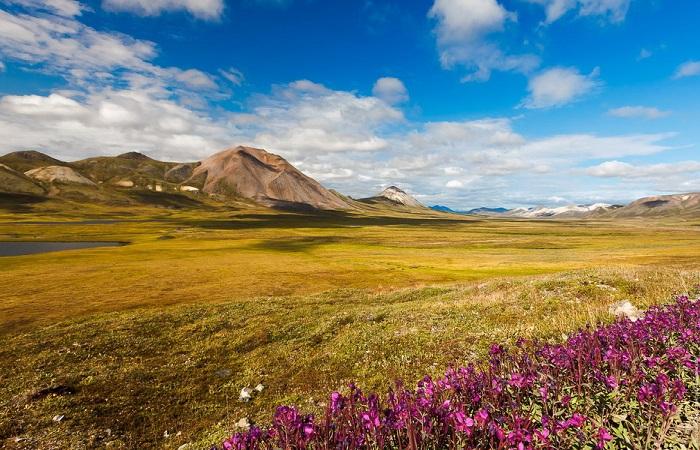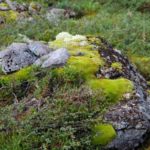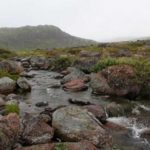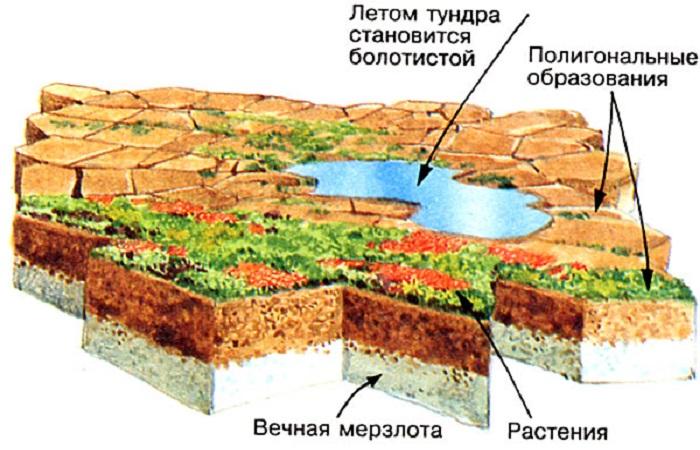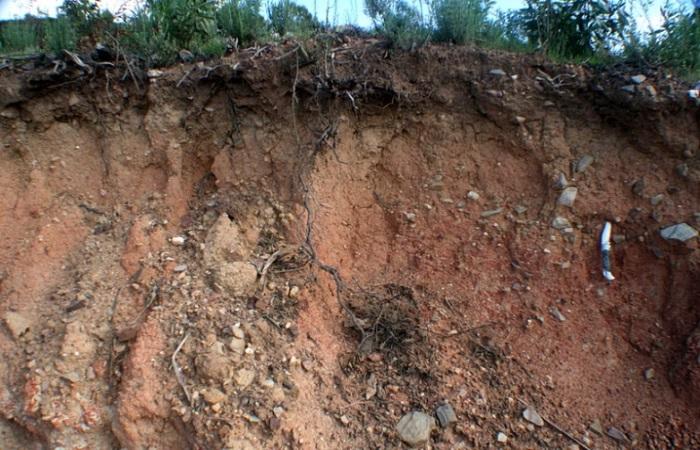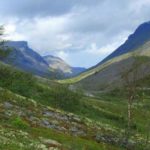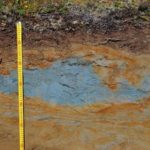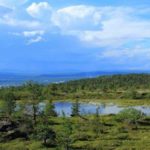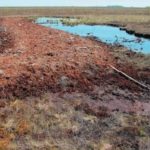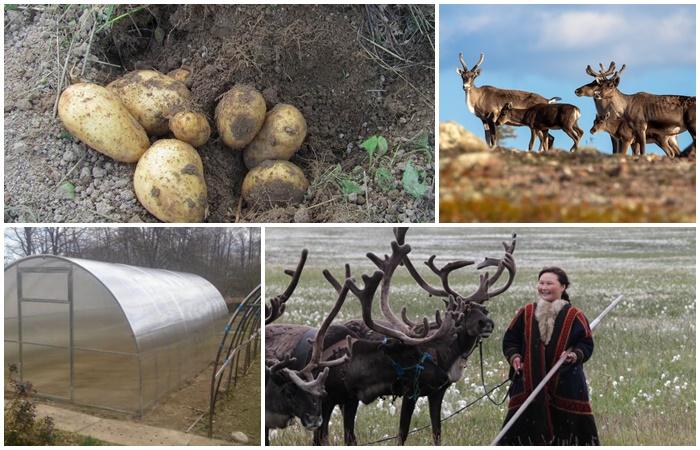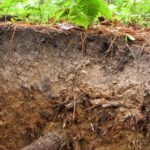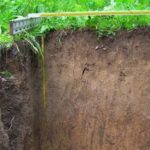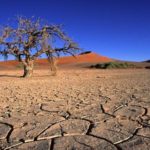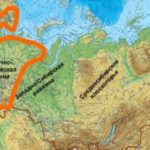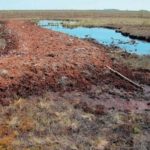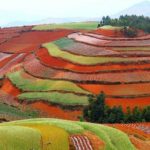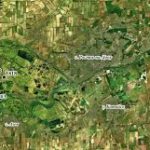Tundra is a northern natural zone characterized by permafrost soil, sparse vegetation, and a constantly cold climate. Let's consider general information about the natural zone, climate, vegetation, geological data, conditions of formation, types of tundra soils, their composition and characteristics. Possible use of tundra soils in agriculture.
General information about the natural area
The tundra, like other natural zones, is characterized by special climatic conditions, soil formation conditions, and vegetation.
Climatic conditions
From the north, the tundra borders on the Arctic desert, from the south – on the forest-tundra, its width from north to south is about 500 km. The zone is located in the subarctic zone, occupies up to 10% of the territory of Russia, and is distributed in a strip from east to west. The peculiarity of the tundra is waterlogged and swampy lowlands, the soil is mainly rocky, swampy and peaty.
The tundra zone is characterized by short, cold summers; in July the temperature does not rise above a few degrees Celsius; winters are very long, with strong winds. There is little precipitation, only about 200-300 mm per year. However, the soil in the tundra is constantly waterlogged due to lack of heat, evaporation and the fact that the soil thaws to a shallow depth in summer. Due to waterlogging, many lakes and swamps have formed in the tundra.
The fertility of tundra soils is low; humus forms slowly and is blown from the surface by the wind.
Geological data
The geographical location of the tundra zone affects the characteristic climate. The sun does not provide much heat, so the soil does not warm up enough to create good conditions for the development and reproduction of vegetation. Evaporation does not equal moisture, which is why the soil is always waterlogged. Reclamation, that is, drainage, is required for use.
Vegetation
Tundra vegetation is mainly mosses and lichens, which do not require many nutrients, so they can grow on poor tundra soils. Low grasses, cereals and sedges, polar poppies, wild rosemary, low crooked shrubs and trees, berries – cloudberries, blueberries, crowberries – also grow here.There is more vegetation in river valleys, where climatic conditions are milder.
Conditions of education
Conditions for the formation of tundra soils: low temperatures, permafrost, excess moisture and parent rocks. Cold stops biological and chemical processes. Excess moisture creates wetlands; soil formation conditions are dominated by oxygen-free ones, also due to excess moisture and lack of oxygen in the pores of the soil. The rate of transformation of organic residues is low, so the fertile layer is thin and takes a long time to form.
Soils predominant in the tundra
The soils of this zone are represented by gley, brown, turf soils and peat bogs. Despite their differences, they have much in common - they are often acidic and have low humus content.
Gley
A special feature of this type of soil is the presence of a gley horizon. The gleyed horizon looks like a gray or greenish-blue viscous mass; where air penetrates into it, reddish or ocher-colored spots appear, indicating the presence of iron hydroxides. Due to constant freezing and thawing, the transition from one horizon to another may not be clearly expressed. Gley soils are common in typical tundra, developing on loams, under moss and shrub vegetation.
In the table you can see the main characteristics of gley soils:
| Characteristic | Meaning |
| Base saturation | 60 % |
| Humus content | 4-6 % |
| Thickness of the fertile layer | 10 cm |
Sour brown
They are formed with good soil washing and access to oxygen, there is no stagnation of moisture in them, aerobic processes occur. Brown acidic soils in the tundra are found in mountainous areas. Their distinctive characteristic is increased acidity.
Soddy sour
They are distinguished by the layered structure of the soil profile: a turf layer of gray or brown-gray color, lumpy structure, with a mass of roots, then there is a thin humus layer, loose, grayish-brown. It grades into layered alluvium of various granulometric compositions. The humus content is 1-2%, the reaction is neutral or slightly acidic, there are few nutrients.
Polygonal peatlands
Lowland and transitional swamps are formed in lowlands, river valleys, and drainage hollows. They are formed under the influence of excess water. As peat accumulates, the structure of peat bogs changes; the top layer can reach a thickness of 10 cm. Moisture-loving vegetation grows in peat bogs, the diversity of which is much greater in lowland and transitional bogs than in high-moor bogs.
Swamp-tundra
They are located in patches in the tundra. They form in areas without vegetation in different landscapes. The peculiarity of such soil is a weak organic horizon. Under a thin algal layer lies a mineral gleyed horizon. The color of swamp-tundra soils is gray with ocher veins, the consistency is viscous, structureless. They are adjacent to gley tundra soils.
Application of tundra soils in agriculture
The harsh climate and permafrost lower horizon leave their mark on all types of tundra soils. They are waterlogged, often acidic, weak and infertile. Therefore, they are of little use for economic use.
Cultivation is possible only with the application of sufficient doses of fertilizers. In open ground, growing cold-resistant crops is possible only on soils with a light sandy composition that warm up quickly.
Tundra soils have characteristic features; morphological characteristics are influenced by climate, geographic location, water regime, and prevailing vegetation. They are distinguished by a thin upper layer, which contains little humus, often gleyed by the lower horizon, viscous and impermeable to air. Tundra soils become suitable for use in economic activities only with cultivation and artificial maintenance of fertility.

